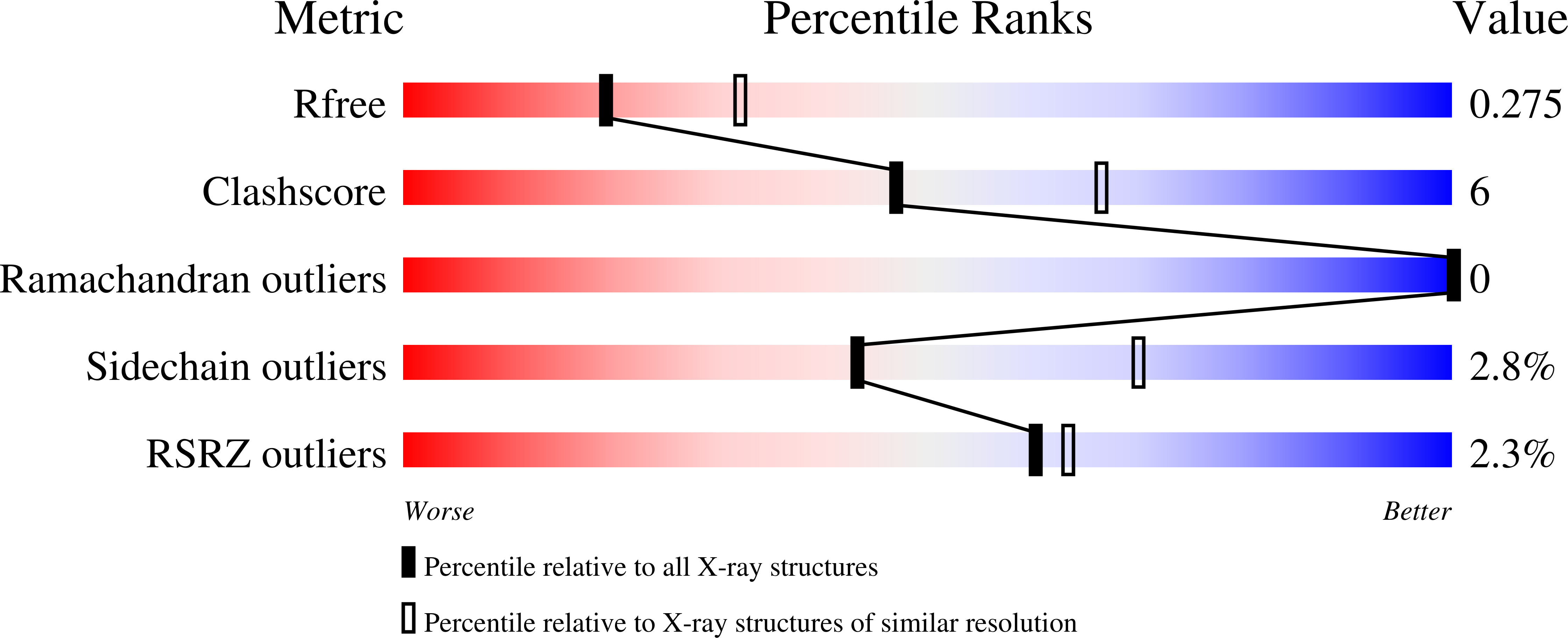
Deposition Date
2020-03-02
Release Date
2021-03-31
Last Version Date
2024-11-13
Entry Detail
PDB ID:
6Y7T
Keywords:
Title:
Engineered conjugation of lysine-specific molecular tweezers with ExoS derived peptidic inhibitor enhance affinity towards target protein 14-3-3 through ditopic binding
Biological Source:
Source Organism:
Homo sapiens (Taxon ID: 9606)
Pseudomonas aeruginosa (Taxon ID: 287)
Pseudomonas aeruginosa (Taxon ID: 287)
Host Organism:
Method Details:
Experimental Method:
Resolution:
2.50 Å
R-Value Free:
0.26
R-Value Work:
0.21
R-Value Observed:
0.22
Space Group:
I 1 2 1


